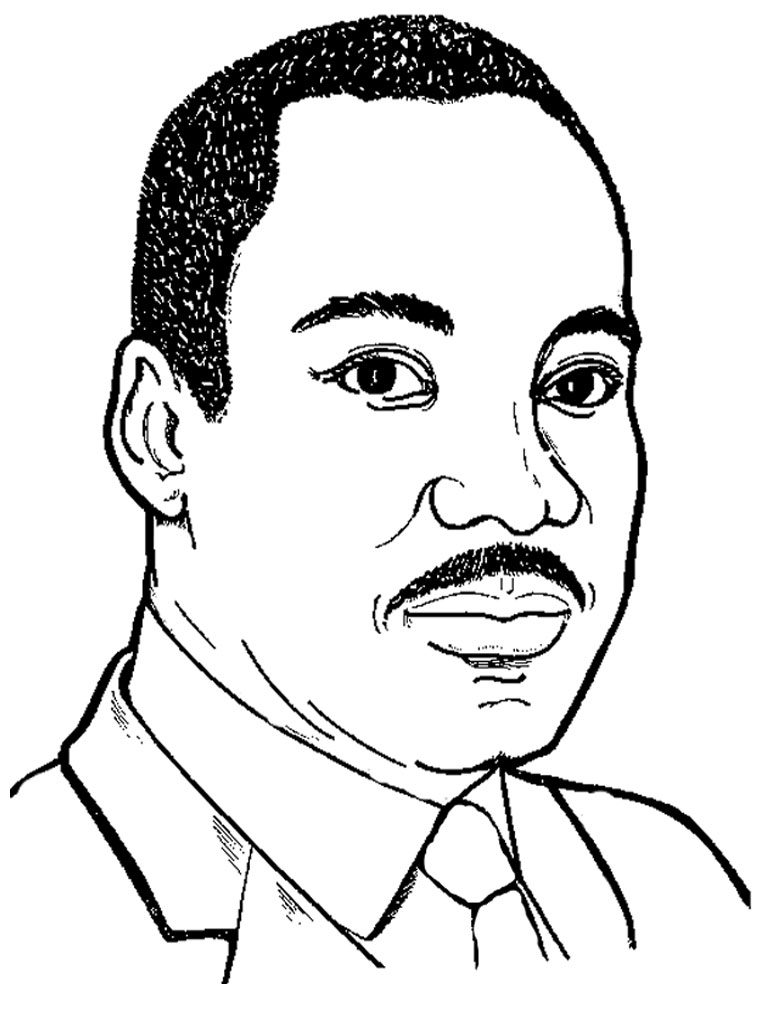Martin Luther King Jr. is an iconic figure in American history, known for his tireless commitment to civil rights and social justice. In this article, we will delve into the significance of Martin Luther King color pictures, highlighting how these vibrant images capture the essence of his life and the movement he championed.
Color photographs of Martin Luther King Jr. not only depict his experiences but also reflect the emotions and struggles of the era. They serve as a powerful reminder of the fight against racial inequality and the quest for freedom and justice. As we examine various aspects of King's life through these images, we will uncover the profound impact he had on society and the ongoing relevance of his message today.
This article will provide a comprehensive overview of Martin Luther King Jr.'s life, illustrated through notable color photographs. From his early years to his significant contributions to the civil rights movement, each section will highlight key moments captured in color, enhancing our understanding of his legacy.
Table of Contents
- Biography of Martin Luther King Jr.
- Early Life and Education
- The Civil Rights Movement
- Iconic Speeches and Their Impact
- The Importance of Color Pictures
- Legacy and Influence
- Conclusion
- Sources
Biography of Martin Luther King Jr.
Martin Luther King Jr. was born on January 15, 1929, in Atlanta, Georgia. He was a prominent leader in the American civil rights movement and is best known for his role in advocating for nonviolent resistance to racial segregation and discrimination. King's dedication to social justice and equality stemmed from his deep-rooted Christian beliefs and the influence of his family.
Personal Data and Biodata
| Full Name | Martin Luther King Jr. |
|---|---|
| Date of Birth | January 15, 1929 |
| Place of Birth | Atlanta, Georgia, USA |
| Occupation | Minister, Activist |
| Notable Works | I Have a Dream, Letter from Birmingham Jail |
| Date of Death | April 4, 1968 |
| Place of Death | Memphis, Tennessee, USA |
| Awards | Nobel Peace Prize (1964) |
Early Life and Education
Growing up in a middle-class family, Martin Luther King Jr. was influenced by his father, a pastor, and his mother, a schoolteacher. He attended segregated schools and excelled academically. King earned a Bachelor of Arts degree in Sociology from Morehouse College and went on to pursue his theological studies at Crozer Theological Seminary, where he was exposed to the teachings of Mahatma Gandhi.
The Civil Rights Movement
The civil rights movement gained momentum in the 1950s, and Martin Luther King Jr. emerged as a central figure. In 1955, he led the Montgomery Bus Boycott after the arrest of Rosa Parks, a pivotal moment in the fight against segregation. King's philosophy of nonviolent protest inspired countless individuals to join the movement, leading to significant legislative changes, including the Civil Rights Act of 1964.
Iconic Speeches and Their Impact
One of King's most famous speeches, "I Have a Dream," delivered during the 1963 March on Washington, remains a cornerstone of American rhetoric. In this speech, King articulated his vision for a racially integrated and harmonious America. The emotional weight of his words, combined with the historical context of the event, is powerfully captured in color photographs from that day.
The Importance of Color Pictures
Color pictures of Martin Luther King Jr. serve as a visual representation of his life and the civil rights movement. These images evoke emotions and bring historical events to life in a way that black-and-white photos cannot. They allow us to connect with the past and appreciate the vibrancy of the movement, highlighting the diverse individuals who fought alongside King for equality.
Notable Color Pictures of Martin Luther King Jr.
- King addressing a crowd during the March on Washington.
- King with fellow activists during the Selma to Montgomery marches.
- King speaking at the Southern Christian Leadership Conference.
- King's participation in the Nobel Peace Prize ceremony.
Legacy and Influence
Martin Luther King Jr.'s legacy continues to resonate today. His commitment to nonviolence and social justice has inspired generations of activists. Color pictures of King remind us of the sacrifices made during the civil rights movement and the ongoing struggle for equality. Schools, monuments, and annual observances, such as Martin Luther King Jr. Day, honor his contributions to society.
Conclusion
In conclusion, Martin Luther King Jr.'s life and legacy are beautifully captured through color pictures that tell the story of his fight for civil rights. These images not only document historical events but also evoke the emotions and struggles faced by those involved in the movement. As we reflect on King's contributions, let us continue to advocate for justice and equality in our communities.
We encourage you to share your thoughts in the comments section below, and don’t forget to explore more articles on our site to deepen your understanding of civil rights history.
Sources
- King, Martin Luther Jr. "I Have a Dream." The King Center.
- U.S. National Archives. "The Civil Rights Movement." National Archives.
- Smithsonian Institution. "The Life of Martin Luther King Jr." Smithsonian Magazine.
- PBS. "American Experience: The Murder of Emmett Till." PBS.org.




